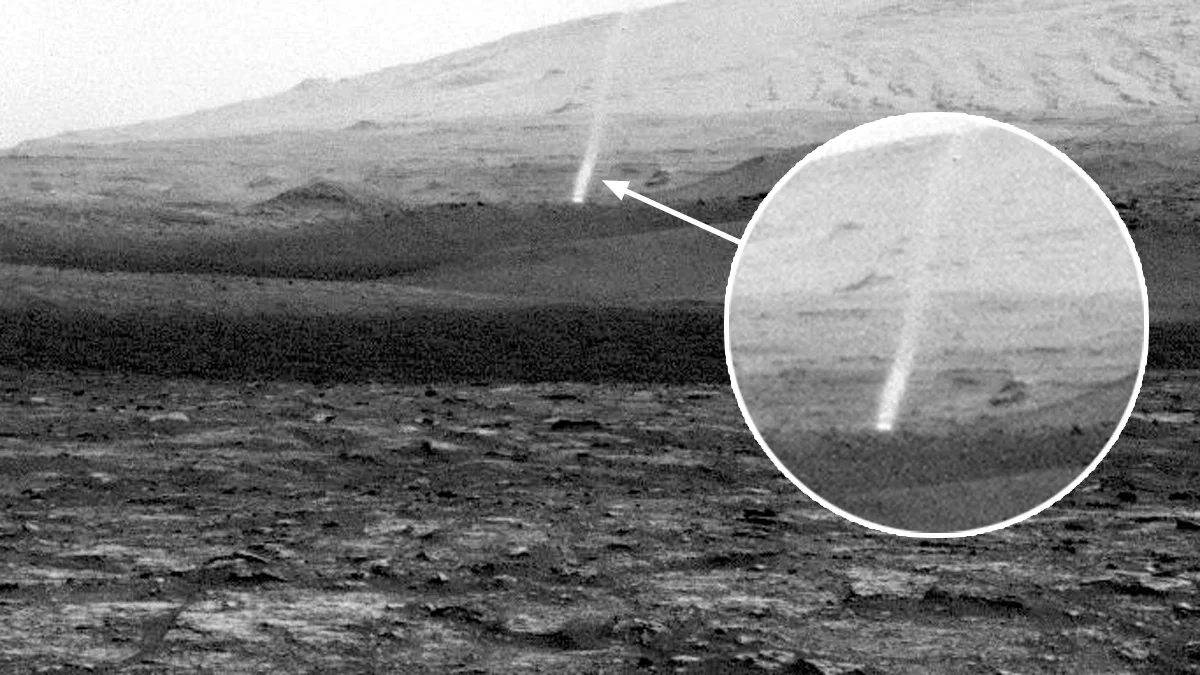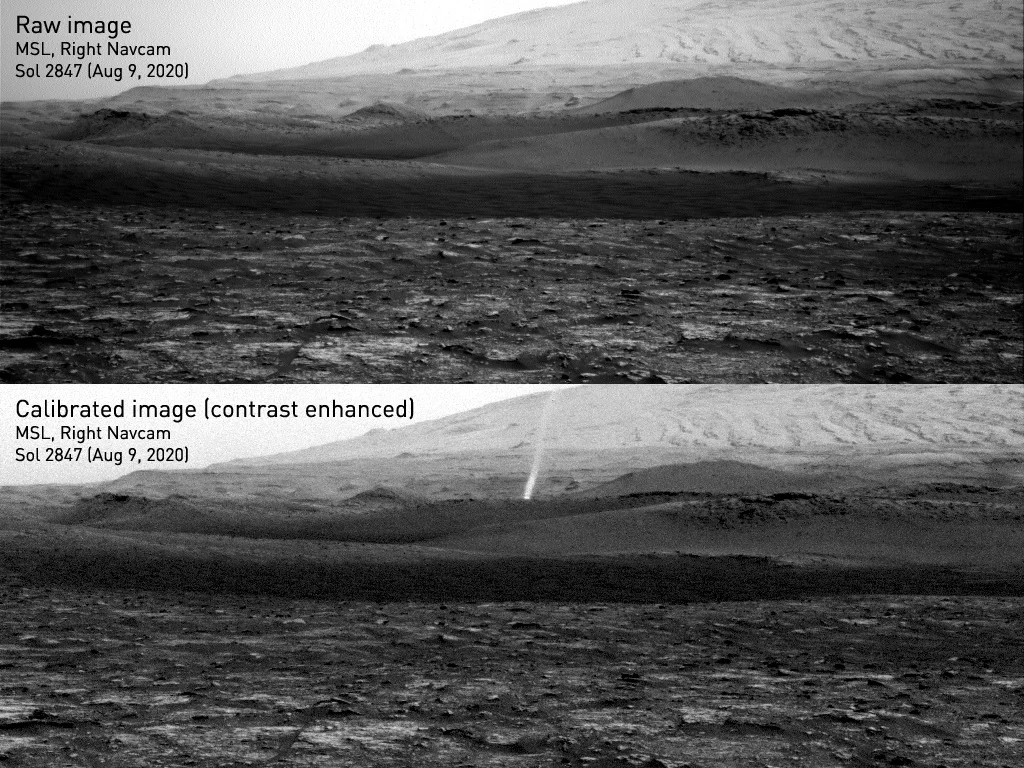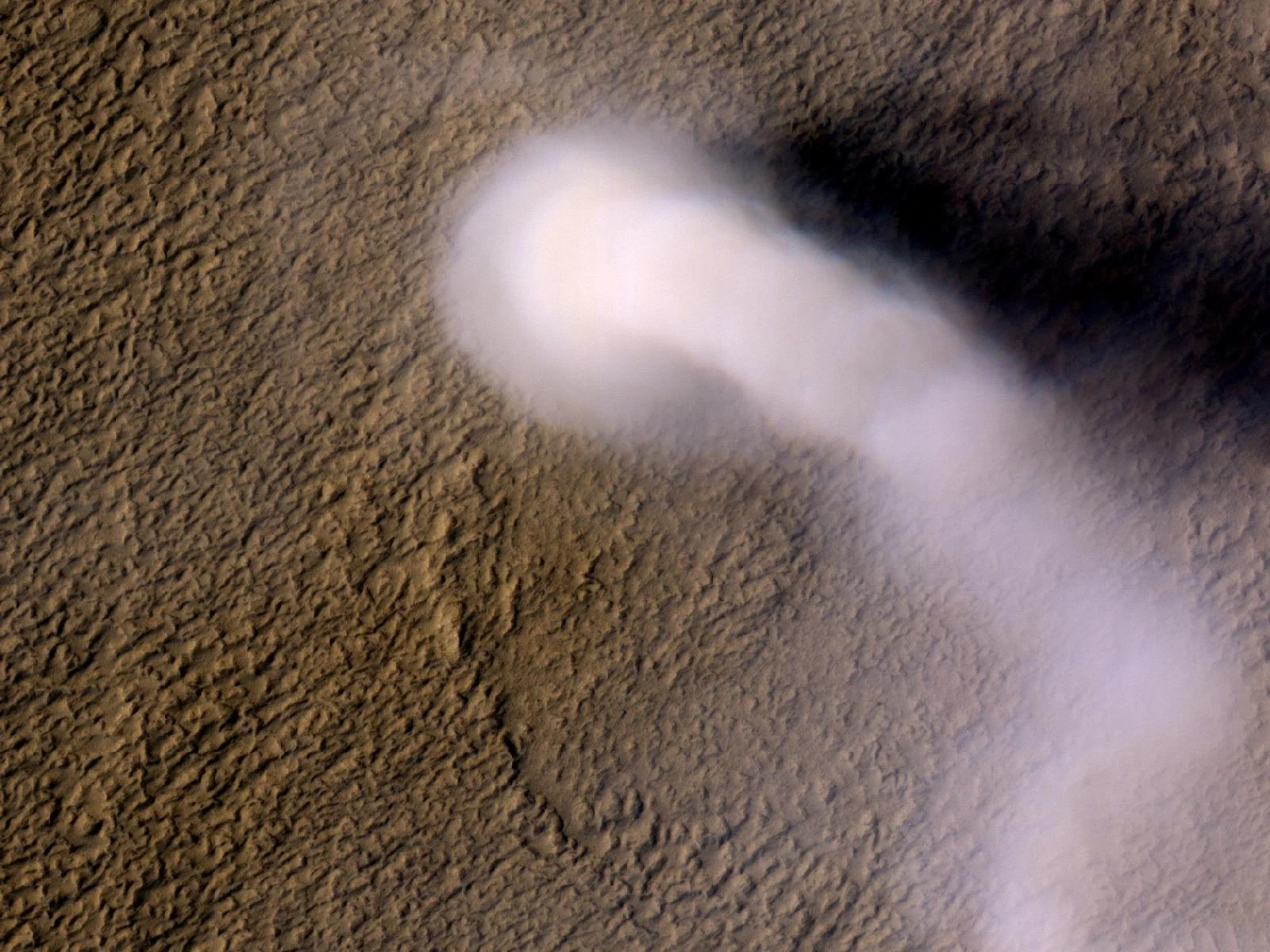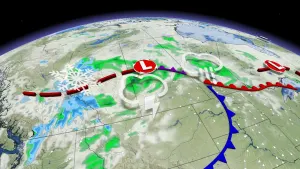
NASA's Curiosity rover spots a towering dust devil on Mars
It's prime dust devil season in Gale Crater
NASA's Curiosity rover spends much of its time working as a geologist. It recently got to do the Martian equivalent of storm-chasing, though, when an impressive dust devil passed nearby.
Today, September 2, 2020, is apparently the first day of Summer for Curiosity, as it explores Gale Crater, in the southern hemisphere on Mars.
With the weather warming up in the region since the start of Spring in April, it is now the 'windy season', when the rover sees "increased aeolian (meaning 'related to the wind') activity at the surface," Dr. Claire Newman, an atmospheric scientist at Aeolis Research, wrote in a NASA blog post on August 26.
As a result, the mission team back here on Earth has had the rover on 'dust devil watch'. This involves setting Curiosity's cameras to snap several consecutive images around midday, in the hopes of capturing a whirlwind passing through its field of view.
"Stronger surface heating tends to produce stronger convection and convective vortices, which consist of fast winds whipping around low pressure cores," Newman wrote. "If those vortices are strong enough, they can raise dust from the surface and become visible as 'dust devils' that we can image with our cameras."
On August 9, 2020, amid operations at the 'Mary Anning' drill site, one of Curiosity's navigation camera caught one!

Curiosity captured a dust devil at 11:35 a.m. local Mars time, on Aug. 9, 2020 (the 2,847th Martian day, or sol, of the mission). This image's two panels show the raw image directly downloaded from Curiosity (top) and the calibrated and contrast-enhanced version by the science team (bottom). Credit: NASA/JPL-Caltech/SSI
According to NASA, this dust devil was somewhere between 500 and 1,000 metres away from Curiosity as it swept along the ridge. Based on that, they estimate that the whirlwind is about 5 metres wide, and it is at least 50 metres tall. The exact height cannot be determined, though, as it appears that the funnel extends off the top of the image field of view.
As the short video below shows, the dust devil was captured in a series of images, which the agency says were snapped over a period of 4 minutes and 15 seconds.
The video presents both the raw and enhanced versions of Curiosity's snapshots, to show that the dust devil was impressive enough to even be clearly spotted in the raw imagery. The enhanced contrast simply lets us enjoy the whirlwind's details as it lofts dust into the air and spins up into a towering funnel.
As impressive as this is, however, Mars can produce far more impressive 'twisters'. Satellite imagery has captured dust devils as wide as 70 metres, which reach 20 kilometres into the sky!

A Martian dust devil roughly 20 kilometres high was captured winding its way along the Amazonis Planitia region of Northern Mars on March 14, 2012, by the High Resolution Imaging Science Experiment (HiRISE) camera on NASA's Mars Reconnaissance Orbiter. Image credit: NASA/JPL-Caltech/UA
Amazingly, even though these appear to rival Earth tornadoes, they would be harmless to an astronaut standing on the surface during some hypothetical future human mission to Mars. This is due to the thin atmosphere, and thus how little force the winds in such a vortex could actually exert. While they're strong enough to lift dust, and perhaps push around sand grains, that's about the full extent of their power.
Sources: NASA | NASA JPL Photojournal | The Planetary Society | NASA










